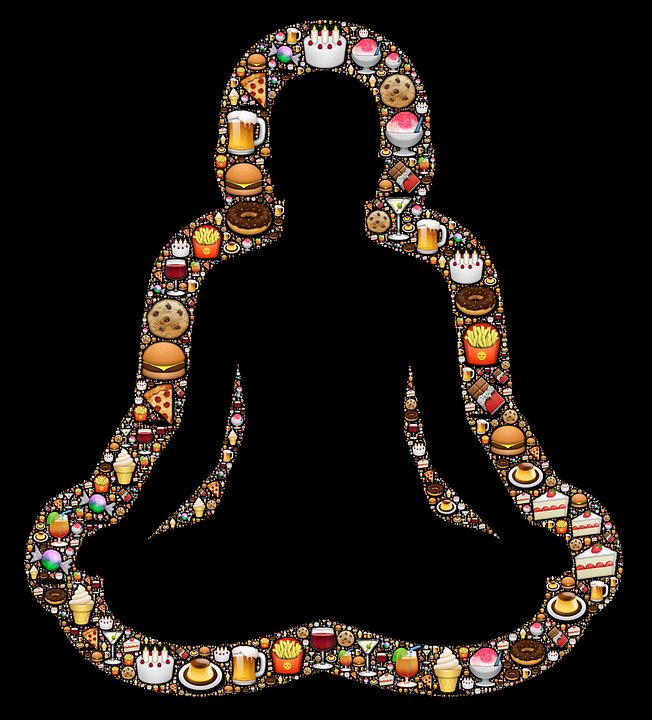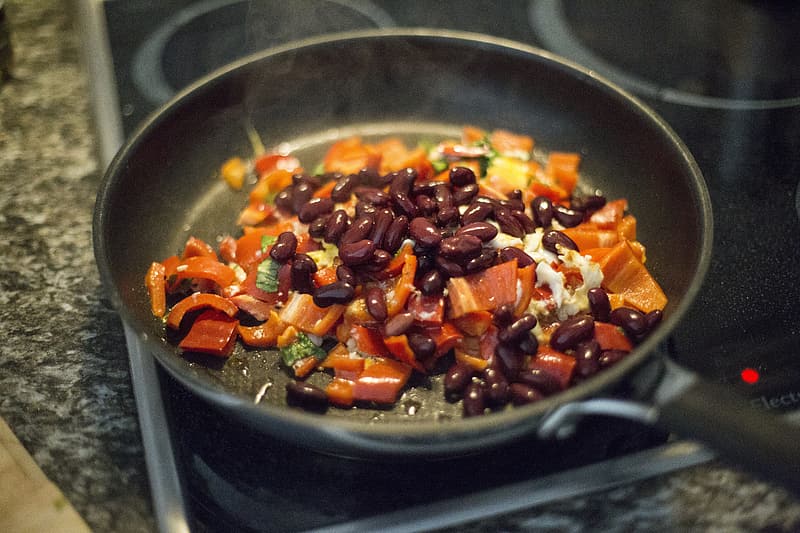
The Yoga Diet isn’t about losing weight or being skinny. Instead, it’s about getting in line with nature and learning to eat in a way that connects you with yourself and the planet.
The idea is to create balance and strength in the body and provide healing to the organs and the blood. Since The Yoga Diet is vegan, it’s also a highly energizing diet and one that creates a calmer and peaceful mind.
Here’s what you need to know if you want to eat like a true yogi:
1. Emphasize Hydrating Beverages

The Yoga Diet is hydrating, nourishing, and cleansing. It supports the lymphatic system which is one of the body’s natural detox pathways. Replace your coffee with green or yerba mate tea, sodas for plain water or with lemon, and have a cup of vegetable broth with lunch or dinner. At night, you may find a cup of turmeric, peppermint, or ginger tea comforting instead of turning to sweets.
2. Start Morning with Porridge and Fruit

This is commonly consumed on a yogic diet for breakfast due to its warming and energizing properties. Common grains include oats, quinoa, rice, barley, amaranth, and millet, which are all highly prized for their unique vitamin and mineral content. Avoid wheat because it can be inflammatory. Sweet fruits are eaten for their high sugar content which provides energy for the day ahead. They also assist in cleansing the body’s elimination channels. Coconut or soy yogurt can be added.
3. Make Lunch the Biggest Meal of the Day

The digestive fire is greatest at noon, so it’s best to consume the largest meal during this time. Aim for a larger lunch of raw vegetables and salads with vegan-based proteins such as tempeh, tofu, chickpeas, navy beans, or sprouted grains. Other good options include cooked root vegetables, curries, and vegetable or miso soup. Fats should come from nourishing oils such as olive, hemp, or flax. Nuts and seeds may be consumed in small amounts.
4. Allow Space Between Meals

Yogis allow space in between meals to allow for optimal nutrient absorption and proper assimilation of nutrients. This ensures digestion is complete before the next meal is consumed. During the afternoon hours feel free to drink plenty of warm tea, which may help prevent cravings and assist in elimination.
5. Eat Mostly Cooked Foods at Dinner

During dinnertime, it’s important to eat cooked foods but also to keep portions small. Cooked foods ground the body and allow you to rest more efficiently than energizing raw foods do. For your evening meal, consume plenty of cooked vegetables, lentil soup,, and be sure to include at least one cooked root vegetable such as carrots, beets, sweet potatoes, yams, squash, or pumpkin. You may have a hot cup of tea, broth, or some miso soup to soothe you to sleep.
6. Eat with the Right Attitude

The most important part of The Yoga Diet is to eat with gratitude and love. Take time to eat your meals in silence and outside in nature whenever you can. This connects you to the planet on a greater level. It also makes you more aware of your food and helps you learn to eat to nourish your body instead of just eating to satisfy your cravings. The Yogi Diet, combined with your yoga practice, can help you to enjoy a more healing, balanced life in just a couple of weeks.

